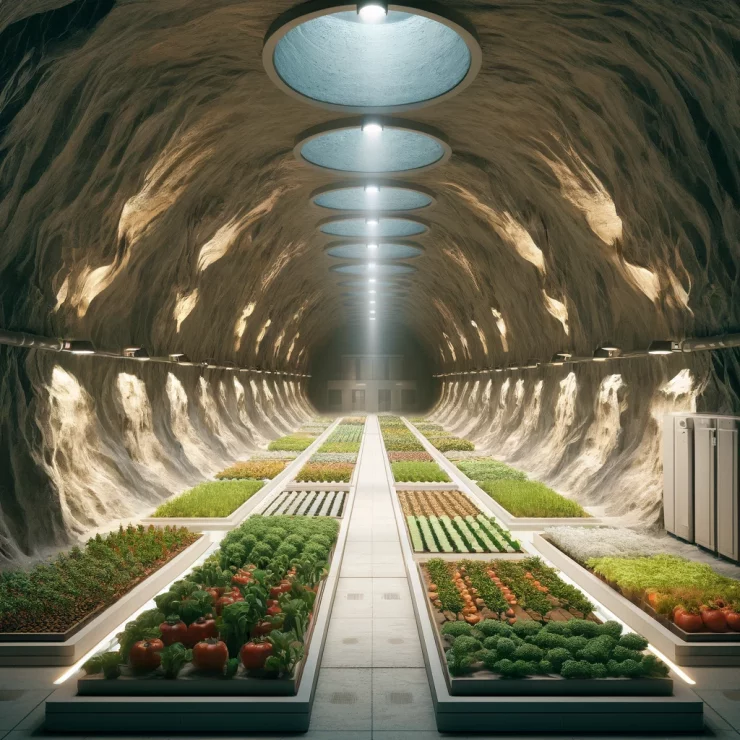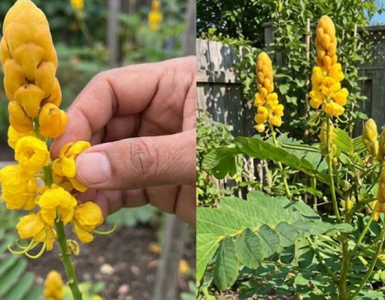In recent years, the interest in sustainable and efficient farming methods has grown significantly. One such method gaining traction is the construction of geothermal subterranean greenhouses. These innovative structures utilize the natural heat from the earth to create a controlled environment for growing crops, regardless of the external weather conditions. In this article, we will explore the steps involved in building a geothermal subterranean greenhouse, offering a sustainable solution for year-round food production.
Understanding Geothermal Subterranean Greenhouses:
Before delving into the construction process, it’s essential to understand the principles behind geothermal subterranean greenhouses. Unlike traditional above-ground structures, these greenhouses are partially buried underground, harnessing the Earth’s natural heat to regulate temperature and humidity levels. By utilizing geothermal energy, these greenhouses provide a stable environment for plants, promoting optimal growth throughout the year.
Materials and Tools Required:
Excavation equipment (such as an excavator or backhoe)
High-quality greenhouse materials (e.g., polycarbonate panels, PVC pipes)
Insulation materials (e.g., foam board insulation)
Geothermal heating system components (e.g., geothermal heat exchanger, circulation pumps)
Basic construction tools (e.g., shovels, hammers, screwdrivers)
Ventilation system components (e.g., fans, ducting)
Construction Steps:
Site Selection and Preparation:
Choose a suitable location for your greenhouse, considering factors such as sunlight exposure, drainage, and accessibility.
Clear the site of any debris and vegetation.
Mark the dimensions of the greenhouse layout on the ground.
Excavation:
Use excavation equipment to dig a trench for the foundation of the greenhouse.
Dig the trench deep enough to accommodate the desired height of the greenhouse walls and allow for insulation.
Foundation and Walls:
Construct the foundation using concrete or reinforced blocks to provide stability.
Build the walls of the greenhouse using durable materials such as concrete, bricks, or treated lumber.
Ensure that the walls are properly insulated to minimize heat loss.
Roof Installation:
Install the roof structure using sturdy materials that can withstand the weight of insulation and snow (if applicable).
Cover the roof with transparent polycarbonate panels to allow sunlight to penetrate while providing insulation.
Insulation:
Line the interior walls and roof with foam board insulation to prevent heat loss.
Seal any gaps or joints to maintain airtightness and maximize energy efficiency.
Geothermal Heating System:
Install the geothermal heat exchanger within the greenhouse, typically buried underground.
Connect the heat exchanger to a circulation pump and a network of pipes to circulate heat throughout the greenhouse.
Install temperature sensors and controls to regulate the heating system automatically.
Ventilation and Air Circulation:
Install ventilation fans and ducting to ensure proper airflow within the greenhouse.
Consider incorporating passive ventilation methods such as vents and louvers to regulate temperature and humidity levels.
Finishing Touches:
Install shelving, benches, and irrigation systems as needed to optimize space and water management.
Test the functionality of all systems and make any necessary adjustments.
Building a geothermal subterranean greenhouse offers a sustainable solution for year-round food production, allowing growers to cultivate crops in a controlled environment regardless of external weather conditions. By harnessing the Earth’s natural heat, these innovative structures minimize energy consumption and promote eco-friendly farming practices. With careful planning and construction, anyone can create their own geothermal greenhouse and embark on a journey towards self-sufficiency and environmental stewardship.






Add comment